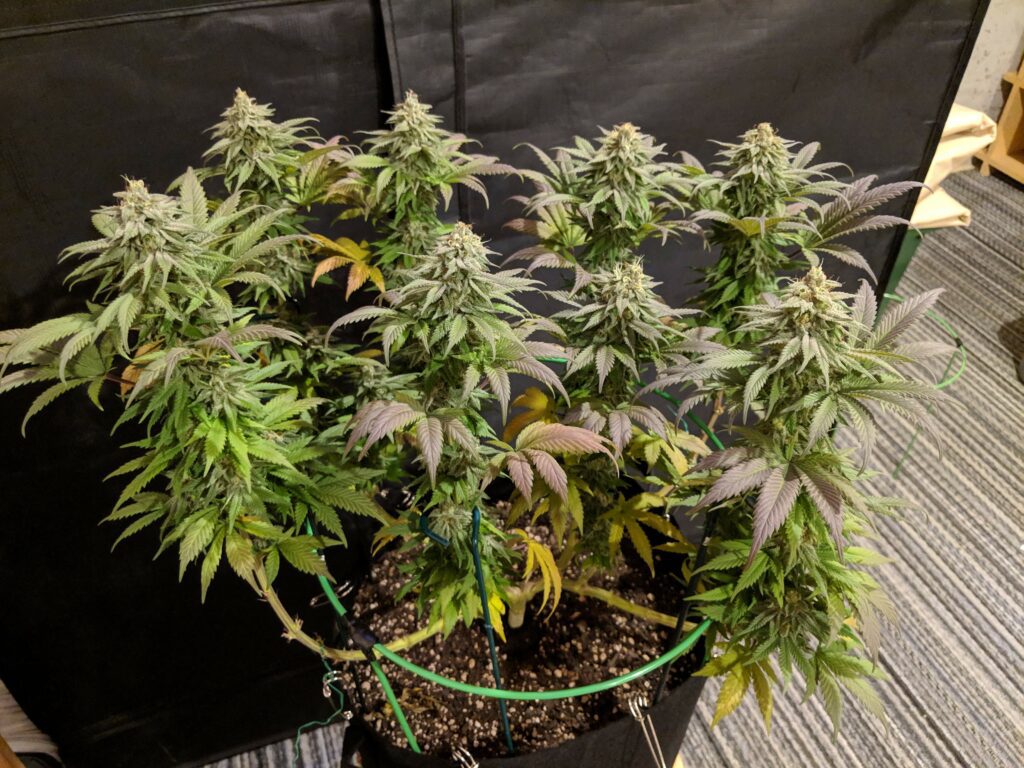The use of Cannabis in the United States is getting popular. According to a 2018 study, while teen cannabis use has decreased, American adults are increasingly using cannabis daily. Forbes estimates that the global cannabis industry is worth $7.7 billion. It’s projected to hit $31.4 billion by 2021. But did you know what Cannabis Strain was popular at Columbia University?
The cannabis strain “Acapulco Gold” was so popular at Columbia University in the early 1970s that the school had its own smuggling route through Austin, Texas.
Different Cannabis Strain
If you’ve read a little about marijuana or visited a dispensary, you’ve probably come across Indica, Sativa, and hybrid terms. Most people classify marijuana into one of three categories.
Indica, which grows in India’s Hindu Kush mountains, is thought to have a calming effect on the user. Sativa has a more energizing effect, whereas hybrid is a cross between the two.
Many industry experts, however, are questioning the Indica, Sativa, and hybrid classifications. Amos Elberg, Confident Cannabis’s head of data science, says these terms are largely meaningless.
We see samples of all cannabis products tested through our partner labs, and when we look at all the data, particularly of the chemical makeup of flower, we see no identifiable characteristics that are consistent with Indica, Sativa, or hybrid, Essentially people are using these terms as catchalls for effect, but they’re not all consistent with those effects. Some Indica makes some people wired, not couch-locked, for instance.
Amos Elberg, Confident Cannabis’ Head of Data Science
In other words, people shouldn’t be alarmed if a supposedly energizing Sativa strain makes them feel more mellow or if an Indica strain makes them more bubbly and excitable. Dispensaries may classify cannabis strains in addition to Indica, Sativa, and hybrid. Strains are different breeds of cannabis that have been bred to have specific effects on the user. (Source: Seattle Times)
The Legendary Acapulco Gold
This high-end strain had humble beginnings. Its origins can be traced back to Acapulco, Mexico, where the warm and humid climate aids in developing distinct flavors and effects.
Acapulco Gold’s native environment and tropical conditions contributed to its superior potency over other Sativas. And, unlike most modern strains, this one evolved naturally in its environment, making it a true landrace strain.
During the 1960s, the Acapulco Gold legend, one of the most potent strains ever, spread throughout America. Furthermore, in the cult classic film Up in Smoke, Cheech and Chong highlighted the strain in the famous; You want to get high, man? scene, further solidifying its popularity.
And its exotic nature kept it in high demand, particularly in American counterculture hotspots like colleges and cities. The strain spread from Mexico’s Pacific coast to the United States, filling hippie joints in the 1960s and 1970s. (Source: Seattle Times)
The Golden Feeling
The gold coloring in Acapulco Gold could be due to the bud’s combination of gold and brownish-green hues. Its color gives the bud a golden aura.
It’s also known as one of the purest Sativa highs, with users reporting that it keeps them focused and energized. According to Way of Leaf, people also use it to treat symptoms such as fatigue, lack of motivation, and general aches and pains.
Its aroma and flavor, which include rich and sweet notes that go beyond smell, also contribute to its gold status. According to users, it has a comforting toffee aroma that is also delicious after smoking. In any case, Acapulco Gold has outgrown its rebellious past and has become the gold standard for top-tier strains. (Source: Seattle Times)
